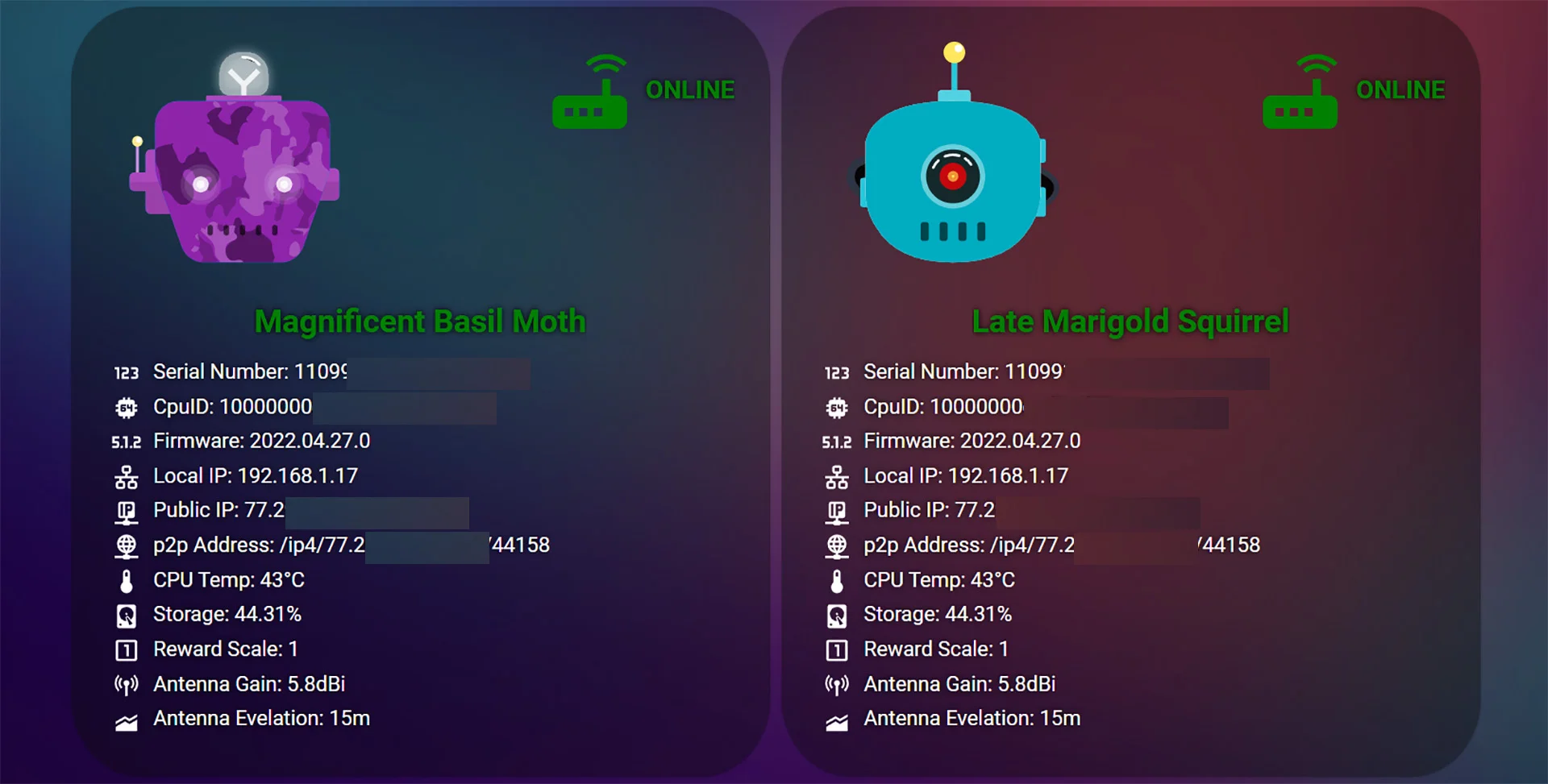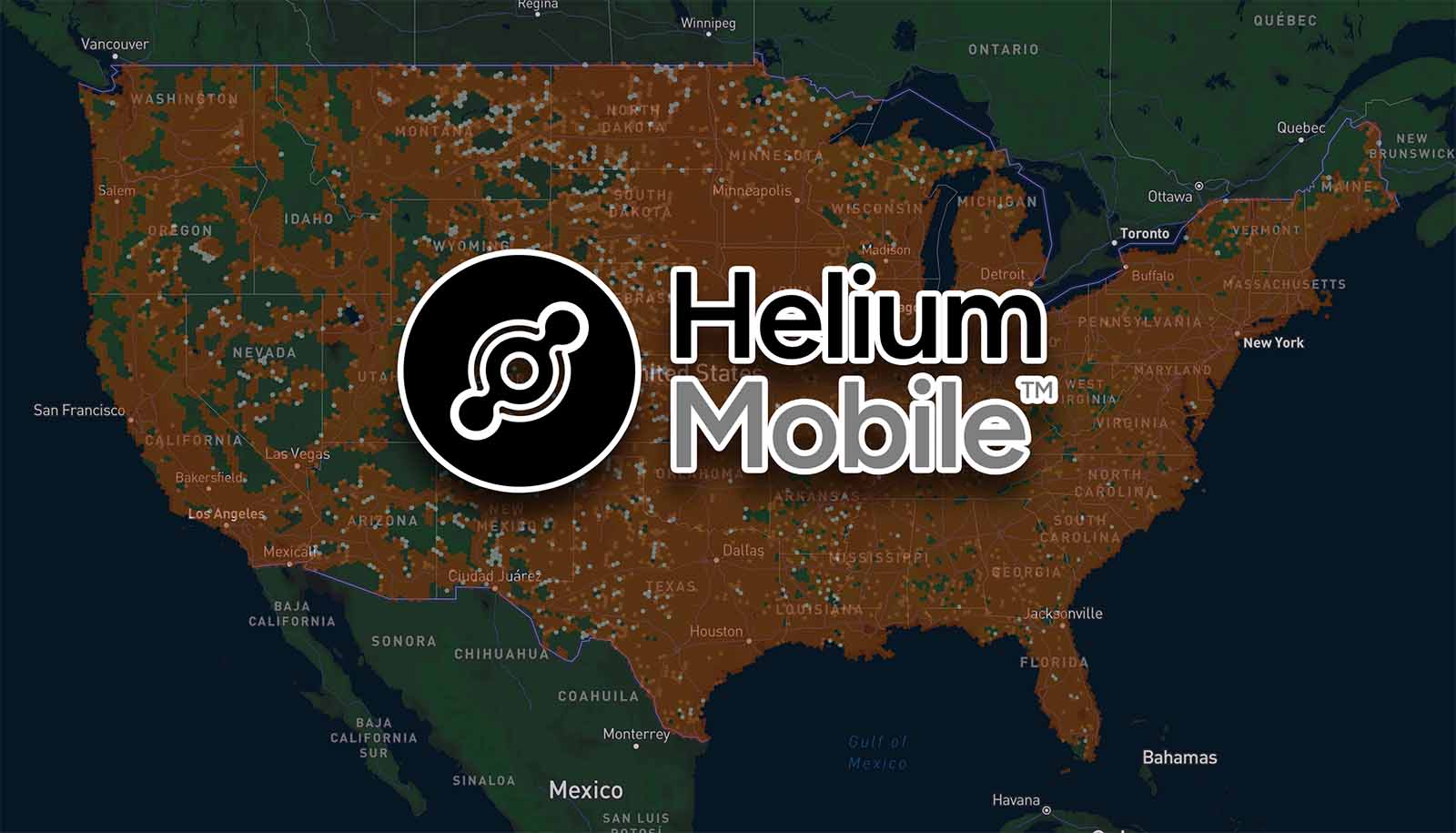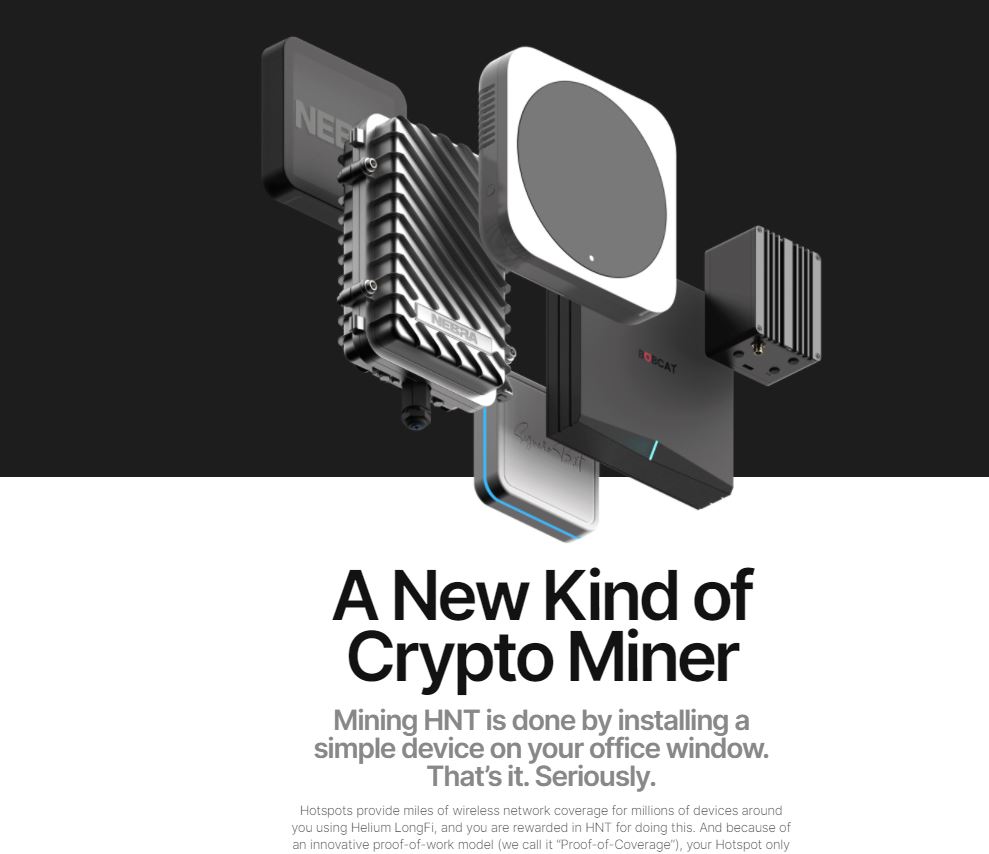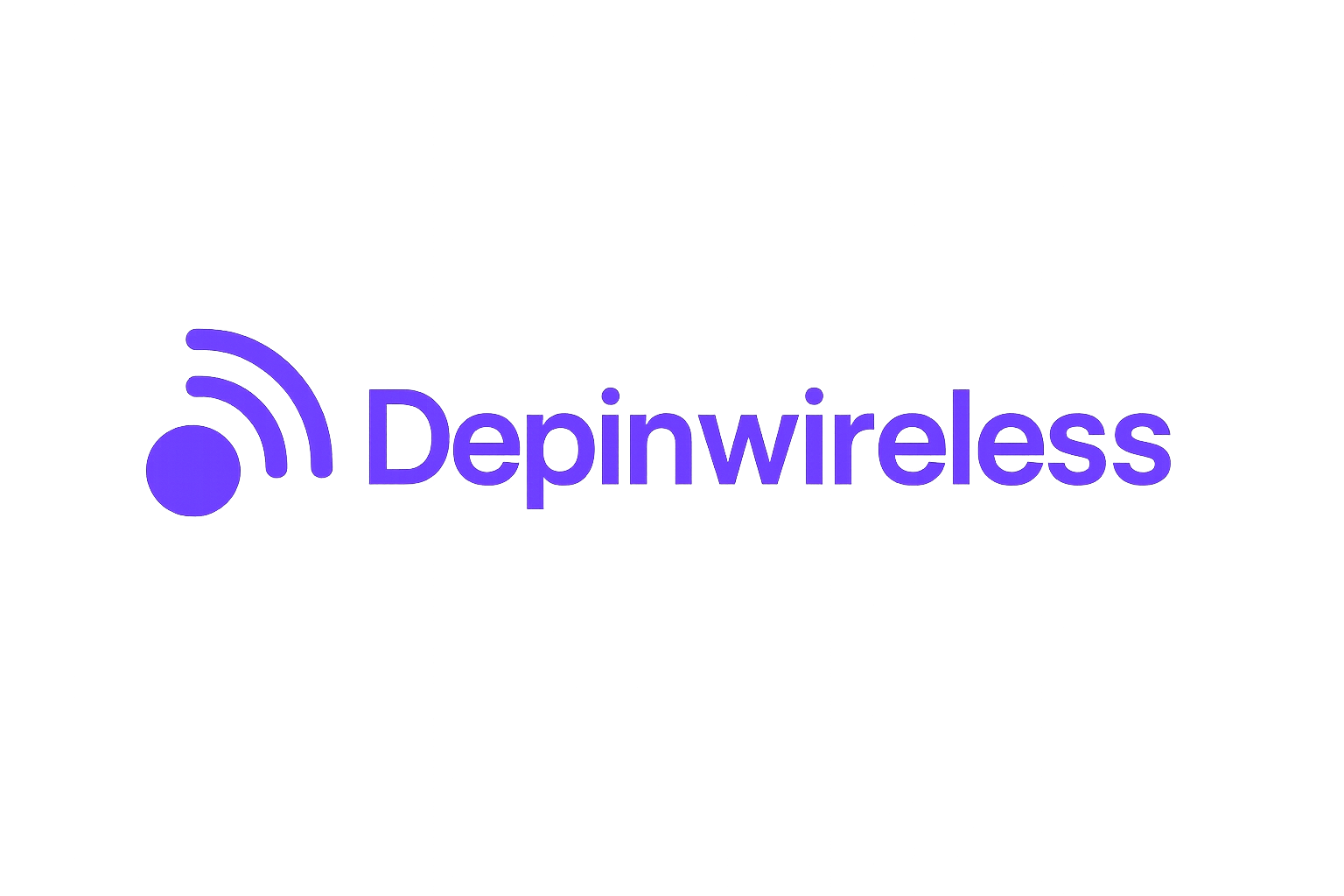
Helium 5G hotspots are rewriting the rules for wireless connectivity, offering a fresh alternative to the slow-moving, centralized telecom giants. Instead of relying on a handful of infrastructure providers, Helium’s decentralized wireless networks invite anyone to deploy their own 5G node. This approach is not just disruptive – it’s rapidly expanding real-world coverage and putting the power (and profits) back into the hands of individuals and small businesses.
How Helium 5G Hotspots Work: Building DePIN Wireless from the Ground Up
At its core, a Helium 5G hotspot is a user-owned device that broadcasts next-gen cellular coverage in its local area. These hotspots are easy to set up at home or in commercial spaces. When connected devices use your hotspot for data, you earn Helium tokens (HNT) as a reward – making it possible to earn crypto with hotspots while supporting network growth.
This model flips traditional telecom on its head. Instead of massive upfront investments and bureaucratic rollout schedules, Helium leverages community incentives and blockchain-based rewards. The result? More flexible deployment and faster coverage expansion, especially in places legacy carriers have long neglected.
Current Market Data: HNT at $2.57 Reflects Ecosystem Momentum
As of October 6,2025, Helium (HNT) is trading at $2.57. This price point underscores growing confidence in decentralized wireless infrastructure and the increasing adoption of DePIN Helium solutions across urban and rural landscapes alike.
The market has taken notice as Helium’s integration with Solana has boosted scalability and transaction speed for network operations. In Q4 2024 alone, more than 400,000 hotspots processed an impressive 576TB of data (Case Study: Helium brings real-world 5G networks on Solana). With every new hotspot deployed, the value proposition for both users and investors strengthens.
The Blockchain Backbone: Security and Scalability for Decentralized Wireless Networks
What sets Helium apart from other wireless projects is its robust use of blockchain technology. Every transaction – whether it’s data usage or HNT rewards – is transparently recorded on-chain. This ensures not only security but also scalability as more participants join the ecosystem.
The migration to Solana has brought lower fees and higher throughput, making it viable to support both IoT devices and high-bandwidth consumer applications over decentralized infrastructure (Case Study: Technical Deep Dive on Helium). Partnerships with major carriers such as Movistar in Mexico highlight how decentralized wireless can complement traditional networks rather than compete directly against them.
Helium (HNT) Price Prediction 2026-2031
Comprehensive annual price outlook for Helium (HNT) considering decentralized 5G adoption, blockchain integration, and evolving market conditions.
| Year | Minimum Price | Average Price | Maximum Price | Year-over-Year Change (Avg) |
|---|---|---|---|---|
| 2026 | $2.10 | $2.85 | $3.50 | +10.9% |
| 2027 | $1.80 | $2.60 | $4.20 | -8.8% |
| 2028 | $2.20 | $3.15 | $5.10 | +21.2% |
| 2029 | $2.60 | $3.80 | $6.25 | +20.6% |
| 2030 | $2.95 | $4.45 | $7.40 | +17.1% |
| 2031 | $3.35 | $5.20 | $8.60 | +16.9% |
Price Prediction Summary
Helium (HNT) is expected to experience moderate growth over the next six years, driven by its expanding decentralized 5G network, real-world partnerships, and increasing blockchain adoption in telecommunications. While the average price is projected to rise steadily, the wide min-max range reflects both bullish and bearish market scenarios, including potential regulatory headwinds and competition from traditional telecoms. Overall, Helium’s unique value proposition in decentralized wireless infrastructure positions it for long-term growth, especially as 5G demand and decentralized applications increase.
Key Factors Affecting Helium Price
- Network adoption and hotspot deployment rates, especially in underserved regions
- Successful integration and partnerships with major telecom operators
- Advancements in Helium’s blockchain technology and utility (such as observed demand features)
- Regulatory developments impacting decentralized wireless and token incentives
- Market cycles and broader sentiment in the cryptocurrency sector
- Competition from both traditional telecoms and other decentralized wireless projects
- Sustained community and developer support for the Helium ecosystem
Disclaimer: Cryptocurrency price predictions are speculative and based on current market analysis.
Actual prices may vary significantly due to market volatility, regulatory changes, and other factors.
Always do your own research before making investment decisions.
Financial Incentives Fueling Network Growth
The magic behind rapid expansion? Financial incentives baked into every layer of participation. By allowing users to earn crypto with hotspots, Helium motivates individuals to fill coverage gaps that would otherwise go unaddressed by big telecoms. This model has already proven effective in rolling out LoRaWAN IoT coverage worldwide; now it’s doing the same for high-speed 5G access.
- Urban Impact: Dense city neighborhoods see increased competition among hosts, driving better service quality and reliability.
- Rural Reach: Lower setup costs make it feasible to extend internet access into isolated communities where traditional towers were never built (Decentralized Infrastructure: Helium).
- Sustainable Growth: Blockchain rewards ensure long-term operator engagement even after initial deployment surges fade.
With the Helium 5G network, grassroots participation is not just a slogan, it’s the engine of expansion. As more users deploy hotspots, the network effect multiplies: coverage improves, data throughput increases, and the value of the ecosystem grows for everyone involved. This self-reinforcing cycle is why Helium stands out in the crowded world of decentralized wireless networks.

Real-World Impact: From IoT to Everyday Connectivity
Helium’s journey began with IoT devices, but its ambitions now stretch to mainstream consumer connectivity. The network supports everything from smart meters and environmental sensors to mobile phones and laptops. Thanks to Passpoint integration, mobile carriers can tap into Helium’s decentralized coverage as a seamless extension of their own networks (Decentralized Wireless for All July 18,2025). This aggregation makes decentralized wireless accessible to millions without disrupting their everyday experience.
Key Benefits of Running a Helium 5G Hotspot
-

Earn Helium (HNT) Tokens: Operators receive crypto rewards in Helium’s native token, HNT, currently trading at $2.57 (as of October 6, 2025), for providing 5G coverage and supporting network usage.
-

Expand Decentralized 5G Coverage: By deploying a hotspot, you help grow local wireless infrastructure, especially in underserved or rural areas, reducing reliance on traditional telecom providers.
-

Low Barrier to Entry for Network Participation: Setting up a Helium 5G hotspot is affordable and accessible for individuals and small businesses compared to building conventional cellular towers.
-

Support for IoT and Mobile Devices: Helium’s network enables IoT devices and mobile phones to connect seamlessly, with integration options like Passpoint for mobile carriers.
-

Secure and Transparent Network Management: The blockchain-based infrastructure ensures secure, transparent, and scalable management of network data and rewards.
-

Partnerships with Major Carriers: Helium’s collaboration with established telecoms, such as Movistar in Mexico, demonstrates real-world adoption and potential for revenue sharing.
For rural communities previously left behind by legacy telecoms, Helium’s lower-cost infrastructure is a game changer. In urban centers, it introduces competition and redundancy that improve reliability and drive down costs. The flexibility of user-owned infrastructure means that coverage can adapt quickly to local demand, whether it’s for pop-up events or emerging smart city applications.
Challenges and Community Voices: Navigating Growing Pains
No innovation comes without its hurdles. Some early adopters have voiced frustrations about shifting reward structures or uneven earnings as the network matures (Why I’m Leaving Helium: A Reflection on the Project). Scaling decentralized wireless across diverse geographies also brings technical challenges, balancing supply with real-world demand remains an ongoing process.
That said, these growing pains are typical for disruptive projects pushing new paradigms. The introduction of tools like Helium’s Observed Demand layer aims to better align rewards with actual usage and encourage smarter hotspot placement (How Helium’s New ‘Observed Demand’ Layer is Shaping. . . ). The community continues to play an active role in governance and development, vital for building trust in this new model.
Looking Ahead: The Future of DePIN Wireless Infrastructure
As of October 6,2025, with HNT holding steady at $2.57, investor sentiment remains cautiously optimistic. The success of Helium’s DePIN model could have far-reaching implications, not only for how we connect devices but also for how we think about ownership and control over critical digital infrastructure.
Major carriers are already exploring partnerships rather than resistance, a sign that decentralized wireless may soon become part of our everyday reality rather than just a crypto experiment. With continued upgrades on Solana and increasing real-world adoption, Helium is well-positioned to lead this next evolution in blockchain-powered connectivity.






